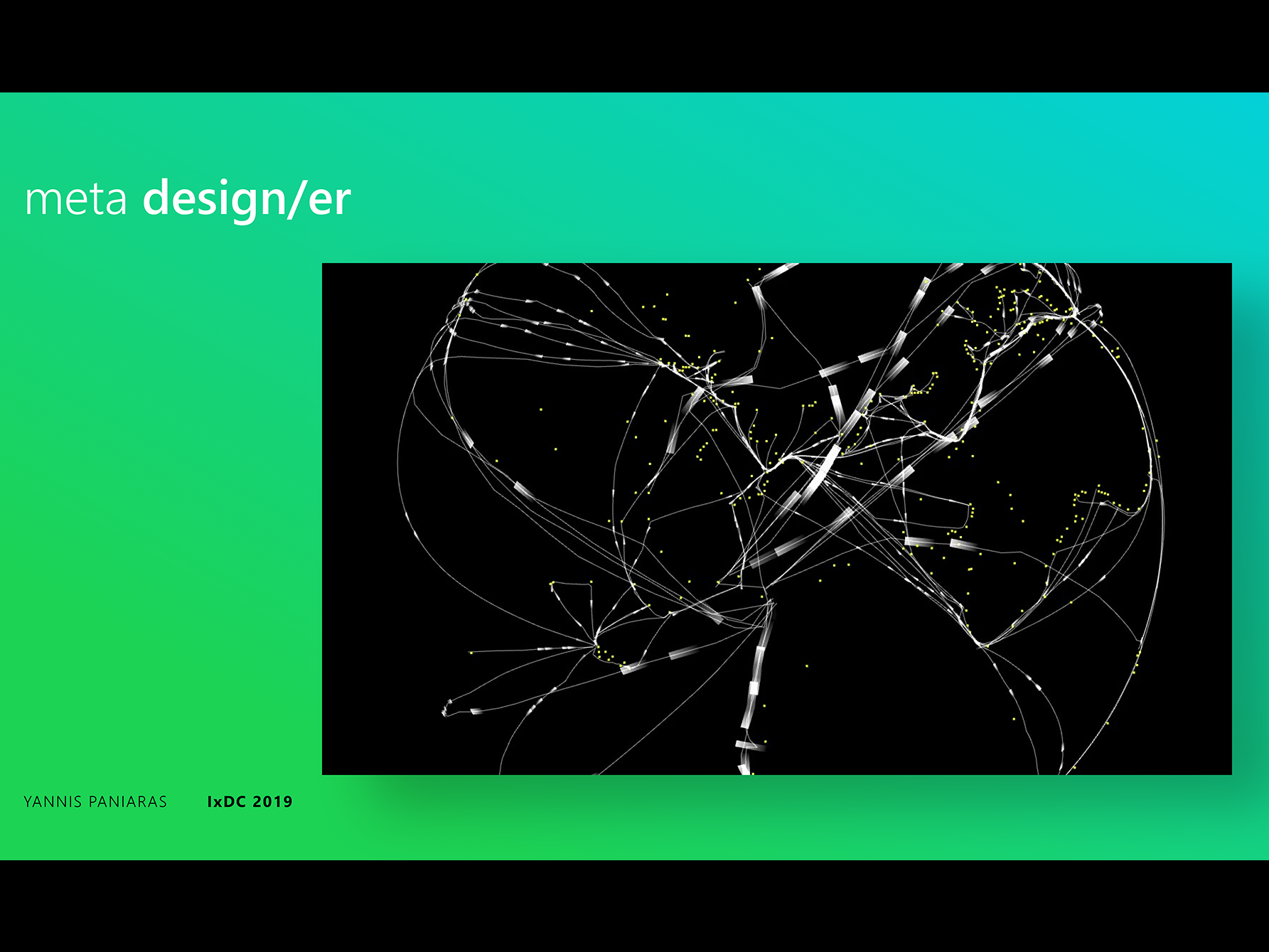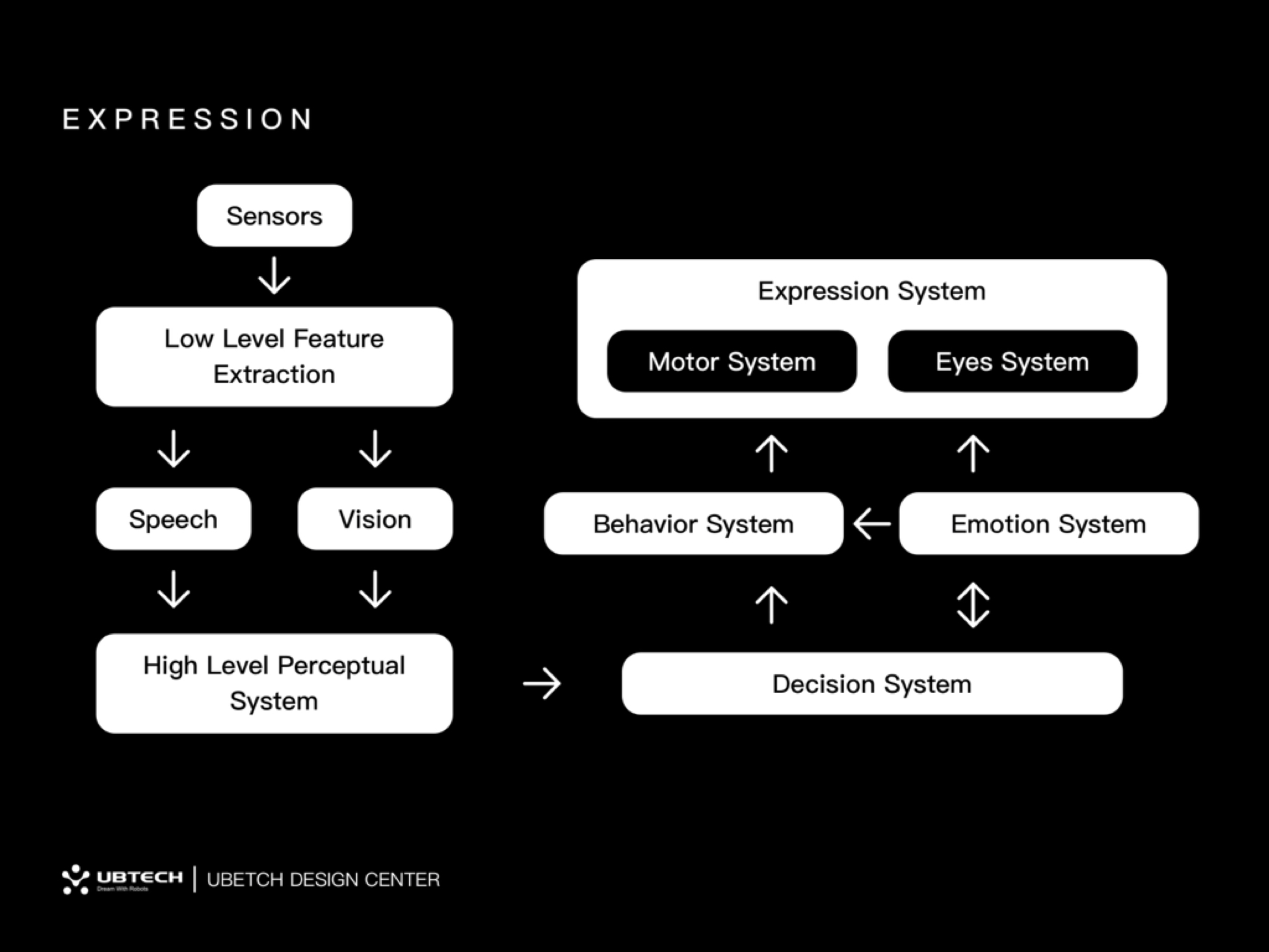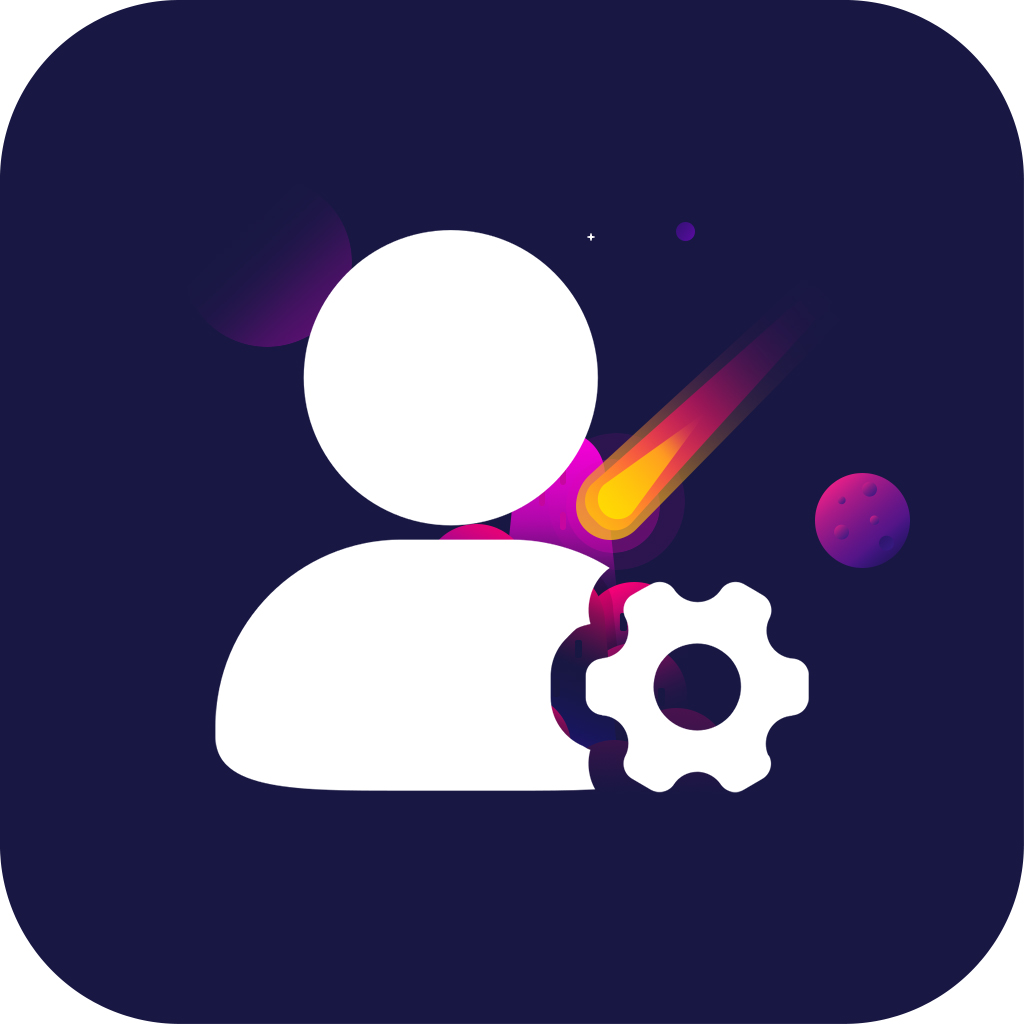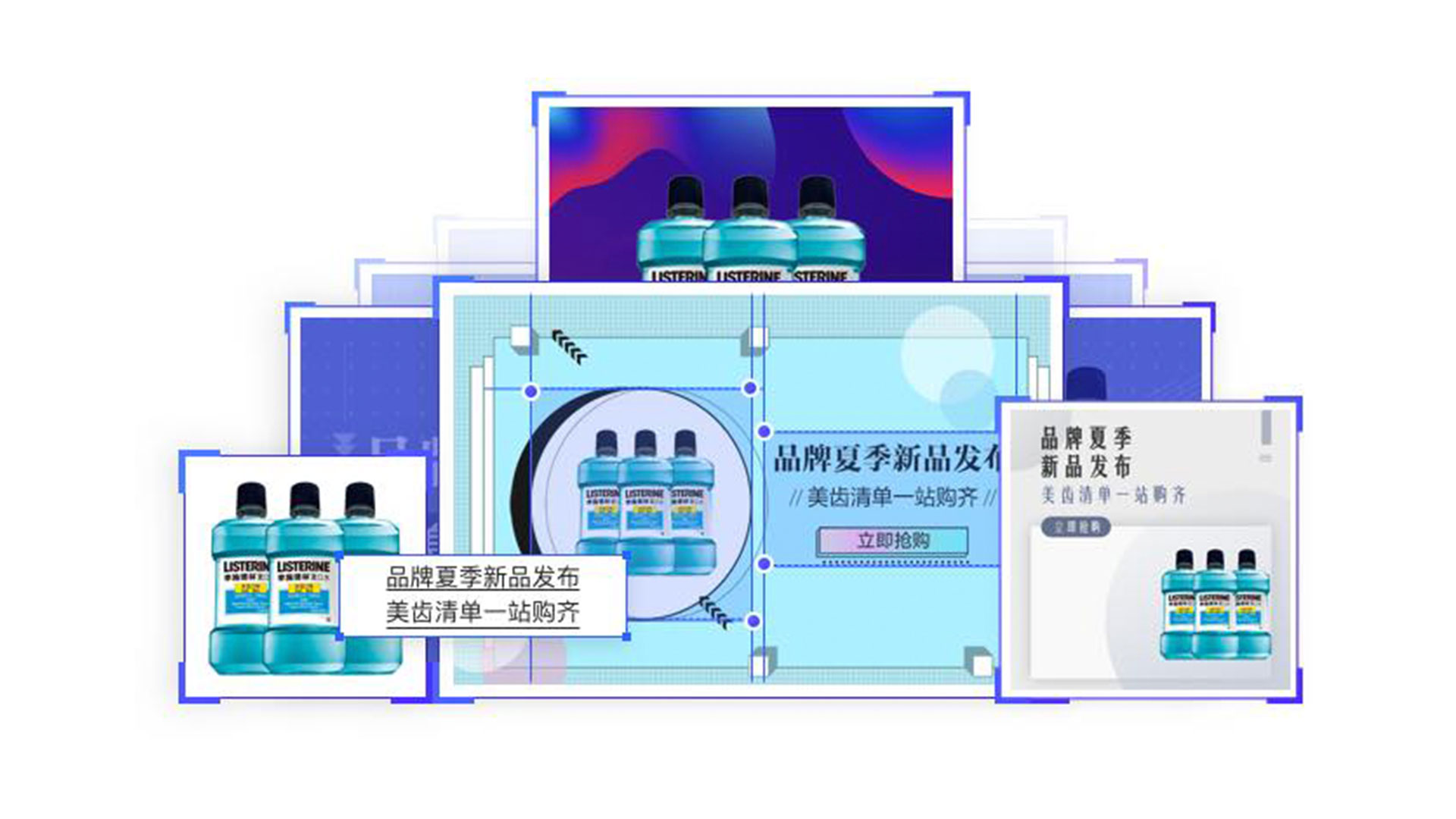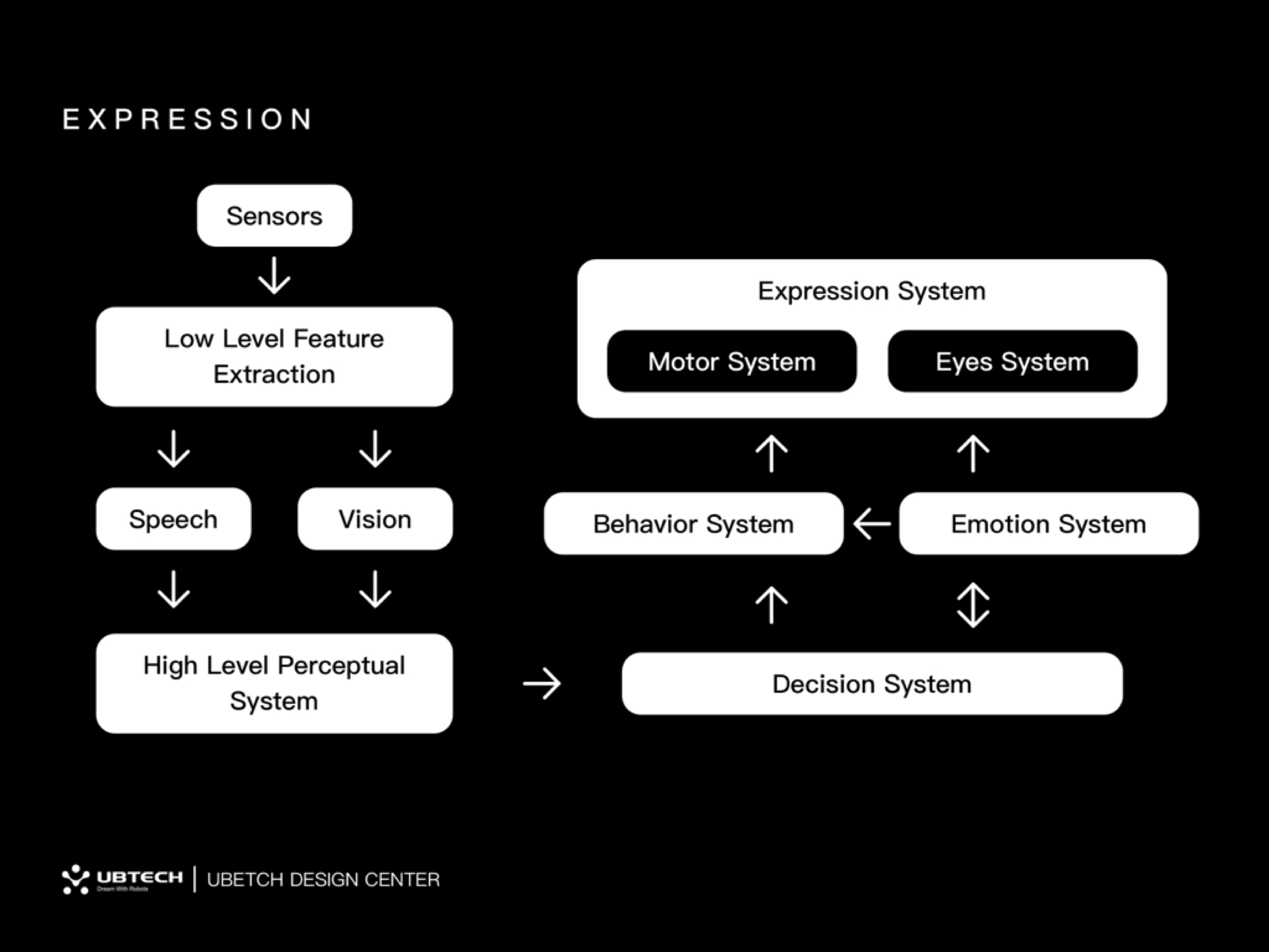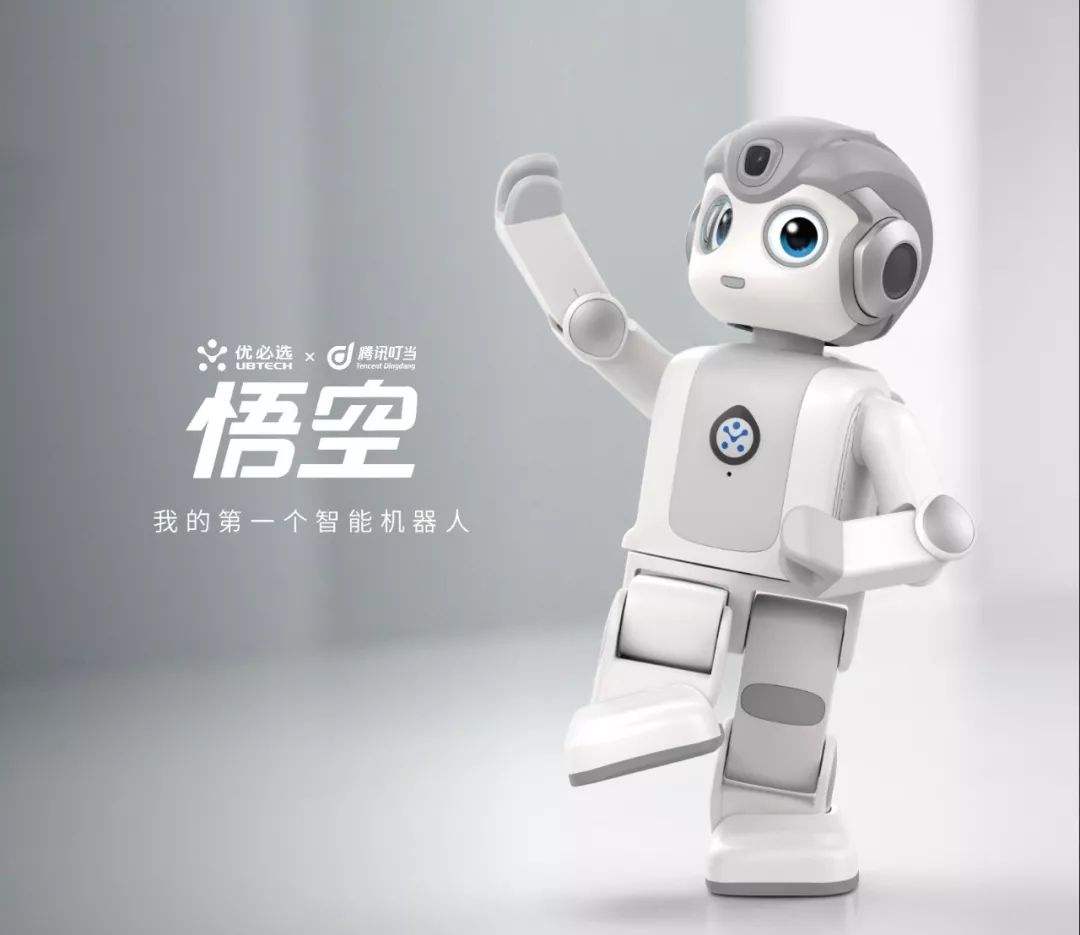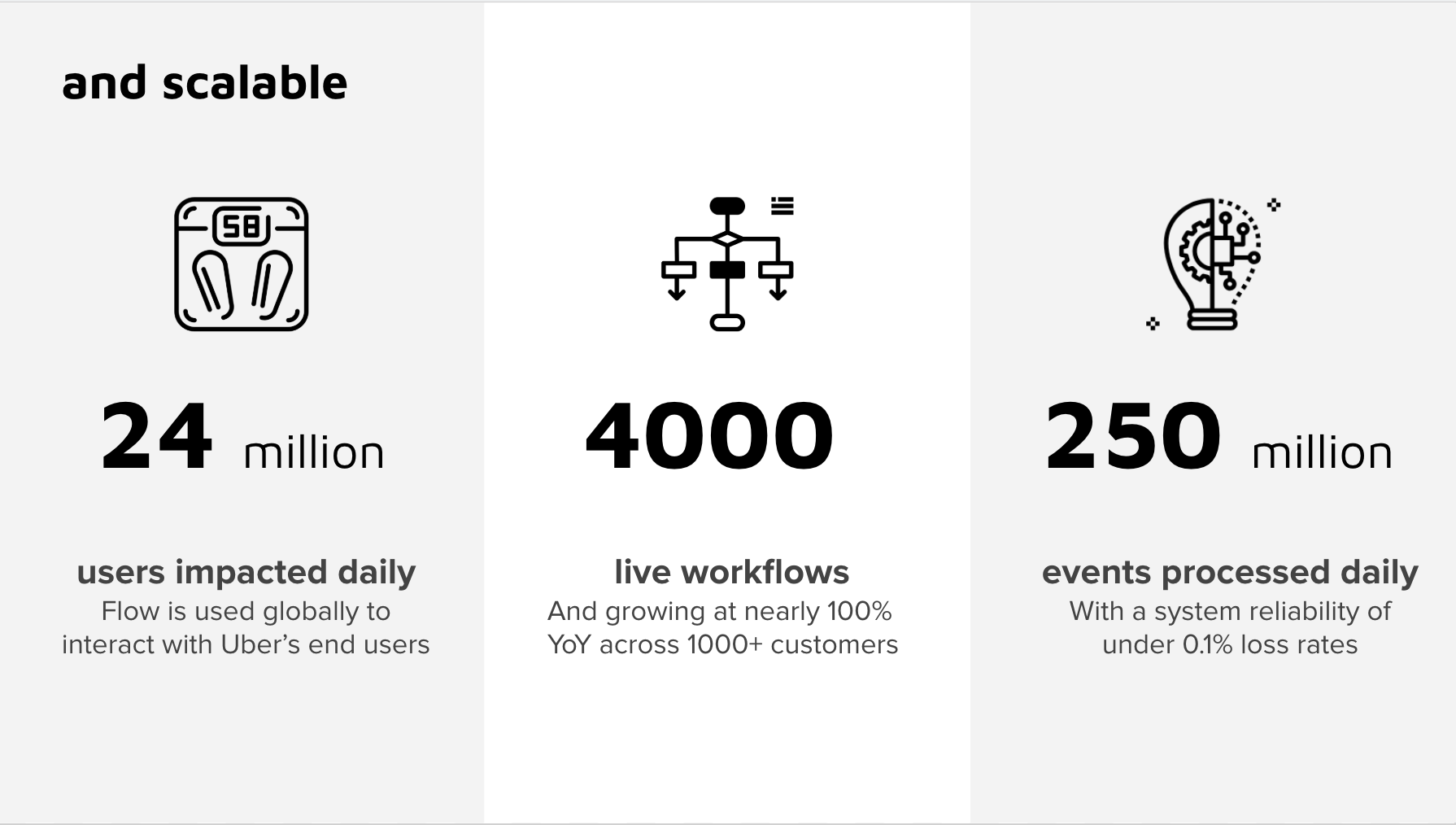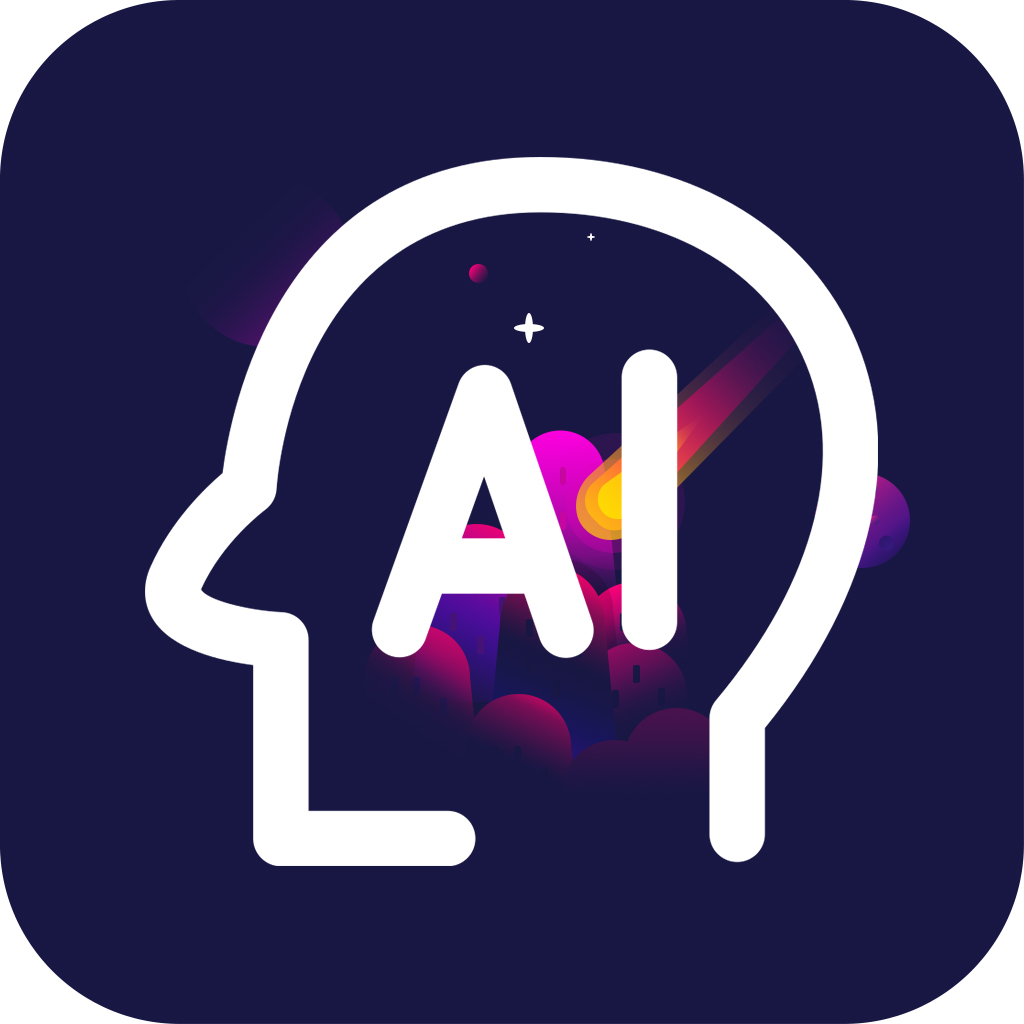 Computational Design
Computational Design
-
 Yannis Paniaras
Microsoft
Principal Design Architect
Yannis Paniaras
Microsoft
Principal Design Architect
Yannis Paniaras / 潘业思 is an Italian-Greek designer, and has served as a principal level design architect for Microsoft. He brings 18 years of experience in design and management across diverse geographic markets and cultures.
In 2002 Yannis relocated to China through an intergovernmental cooperation between the European Union and the Chinese government. Between 2003 and 2015 Yannis held senior and director level roles in design management for Microsoft and Nokia Design.
In his latest leadership role at Microsoft’s CSEO Studio, he is collaborating with the Studio Transformation team on organization-wide strategy and execution through design lead initiatives to enable and accelerate CSEO’s transformation.
Through collaborative partnerships with Microsoft’s design community and research, he is investigating and envisioning the changing nature of design, and the impact that the emergence of new technologies has for designers and their organizations.
Yannis graduated with a Master of Arts degree from the Aalto University in Helsinki, Finland. He has been educated in Italy, United States, Finland, Sweden, and China.
-
 Wang Xue
SAP
Head of China Intelligent Enterprise Innovation & Design
Wang Xue
SAP
Head of China Intelligent Enterprise Innovation & Design
Head of China Intelligent Enterprise Innovation & Design, head of China Customer Innovation & Design and leading SAP Design Whizz Community. Expert about UX, Design Thinking, Innovation.
-
 Wang Huadong
Uber
UX Research Manager
Wang Huadong
Uber
UX Research Manager
mpact focused product leader with 15+ years User Experience research experience -- with a global focus on improving the user experience across technologies and services. Huadong is now building and leading a team of mixed-methods researchers focused on enterprise products at Uber.
The team is focus on:
Products for data analysis, exploration, and reporting.
Products for real-time monitoring and operating of Uber's markets.
Products for communication and relationship management with riders and drivers.
Products for Uber's multi-product line operation and tech service.
Huadong has Ph.D. in Human Robot Interaction and Master degree in HCI, His research interest is majorly focus on HCI, Human Automation Interaction, High Dimensional Information Visualization and Human AI Interaction. He is investigating how AI could streamlining Uber's business process, improve employee’s performance and efficiency, keep improving customer relationship and Data intelligence.
-
 He Shijie
JD
Senior Interaction Designer
He Shijie
JD
Senior Interaction Designer
-
 Xu Rang
UBTECH
Design Director
Xu Rang
UBTECH
Design Director
-

Gao Lin Airbnb Design Lead
现就职于Airbnb,负责「信任安全」的产品策略和体验设计工作。曾在Facebook,微软研究院、微软工程院、百度、以及多家创业公司负责或咨询设计实践和产品创新。先后主导脸书关系搜索,必应搜索体验架构、微软人工智能助手小娜、Win10本土化、百度空间等产品设计,并多次获得个人和团队的创新奖项。毕业于香港理工大学设计学院。
The way to develop, the evolution of intelligent design tools
-
Speech 1:Yannis Paniaras《The evolution of design towards algorithmic driven systems, and the impact on designers and the studios of the future 》
Speaker:Yannis Paniaras ( Microsoft,Principal Design Architect)
Design is increasingly becoming a more abstract discipline and augmenting itself beyond the practical characteristics that connect it with its past origins. New technologies and processes are disrupting what we do and how, and redefining the role of the designer and the organizations and the teams we live in.
Design is evolving from an original focus on specifying single product creation through a simplistic isolated quasi-system, towards a meta-system of interconnected capabilities that impacts a much broader operational landscape transcending our teams, products, and often even companies. In short we are seeing the emergence of design as an operating system. This is likely a natural reaction caused by the challenge that exponential complexity across multiple dimensions presents to all of us. We are reaching a point where human capacity and ingenuity to answer and solve problems can not scale for the degree of complexities we have ahead of us. New approaches are needed and we see a rebalancing of the roles of designers in and around the operational context we live in.
The meshing of data, intelligence, and systems is opening up paths for design to become sentient; to the designer and the teams we belong this represents the emergence of an additional center of an artificial intellect beyond the human dimension that we need to collaborate with. In this emerging practice designers will become orchestrators of the soul of the design through indirect creative processes that yet need to be defined.
When analysis, creation, and assessment are the tasks of artificial intelligence agency there is a need for designers to operate in the in-between spaces that are forming through this transformation, in other words the meta-design spaces are becoming the new fabric of human creativity, driving a new generation of design thinking and practice. This presentation aims to highlight thoughts about the transformation of design, and how our disciplines and the way we are organized are being affected.
Work Case -
-
Speech 2:Wang Xue《Wang Xue《Wang Xue《Create innovative experiences for smart enterprises through innovative models and collaborative approaches》》》
Speaker:Wang Xue ( SAP,Head of China Intelligent Enterprise Innovation & Design)
How to do more with less, automate processes, impress customers, empower employees, and create revenue – with ease and intelligence.
The Intelligent Enterprise is the next frontier. Engage talent in new ways, provide exceptional customer experiences, fund innovation by maximizing cost savings, and more – so you can stay ahead of the game in a world of constant disruption. With over 45 years’ experience, and expertise in 25 industries, SAP is in a unique position to help customers transform their business into an Intelligent Enterprise.
In this Summit Speech, let's talk about Innovation & User Experience on Intelligent Enterprise. We would cover how SAP utilize innovation mode & co-Innovation methodology to build Intelligent Enterprise; how SAP make the revolution & evolution in enterprise design Language ( SAP Fiori ) to drive the future of Intelligent Enterprise; with customer story we want to deliver a deep and impressive speech with audience.
The main content include:
1 SAP Strategy of Intelligent Enterprise
2 Innovation Mode on Customer Engagement: People + Process + Space
3 Co-Innovation Methodologies with Customers
4 SAP Enterprise Design Language: SAP Fiori & SAP Fiori 3 with Natural Language and Machine Learning to drive a new way of User Experience
Work Case-
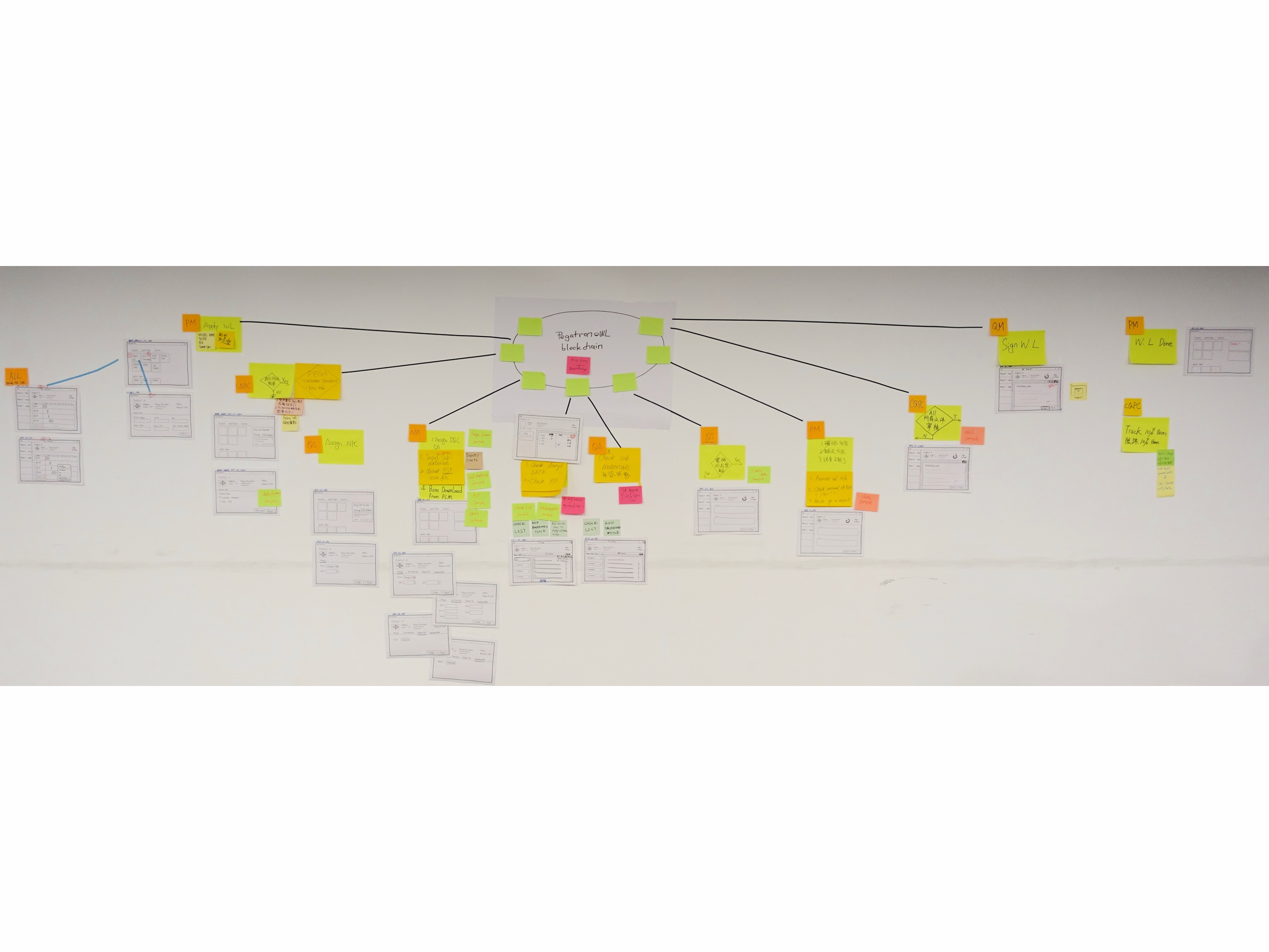 Wang Xue - Customer Innovation Workshop with Intelligent Technology of Blockchain
Wang Xue - Customer Innovation Workshop with Intelligent Technology of Blockchain
-
 Wang Xue - SAP Fiori 3: SAP Copilot ( The Digital Assistant and Bot Integration Hub for the Enterprise )
Wang Xue - SAP Fiori 3: SAP Copilot ( The Digital Assistant and Bot Integration Hub for the Enterprise )
-
 Wang Xue - SAP Strategy of Intelligent Enterprise
Wang Xue - SAP Strategy of Intelligent Enterprise
-
 Wang Xue - SAP Co- innovation Process & Methodology
Wang Xue - SAP Co- innovation Process & Methodology
-
-
Speech 3:Huadong Wang《How artificial intelligence can help us work better》
Speaker:Wang Huadong ( Uber,UX Research Manager)
AI will continue to help the evolution of Uber’s business by streamlining the business process, improve employee’s performance and efficiency, keep improving customer relationship and Data intelligence.
Rather than replace us, AI should be designed to support human works by
1. Taking over the most time-consuming, manual aspects of our jobs
2. Freeing us up to use higher-value skill building relationship with customers
3. Providing carefully selected context information to help us learning more to make better decisions
I will share 3 UX research for Human AI interaction case in Uber:
UXR Case 1: Eye-Tracking - Quantify the interaction: AI in the loop of customer support
UXR Case 2: Wizard-of-Oz (WoZ) - Experiment with Conversational AI: When AI is not ready?
UXR Case 3: Trust Measurement Questionnaire - Trust with AI
Work Case-
 Huadong Wang - Analytical system with customizable data process
Huadong Wang - Analytical system with customizable data process
-
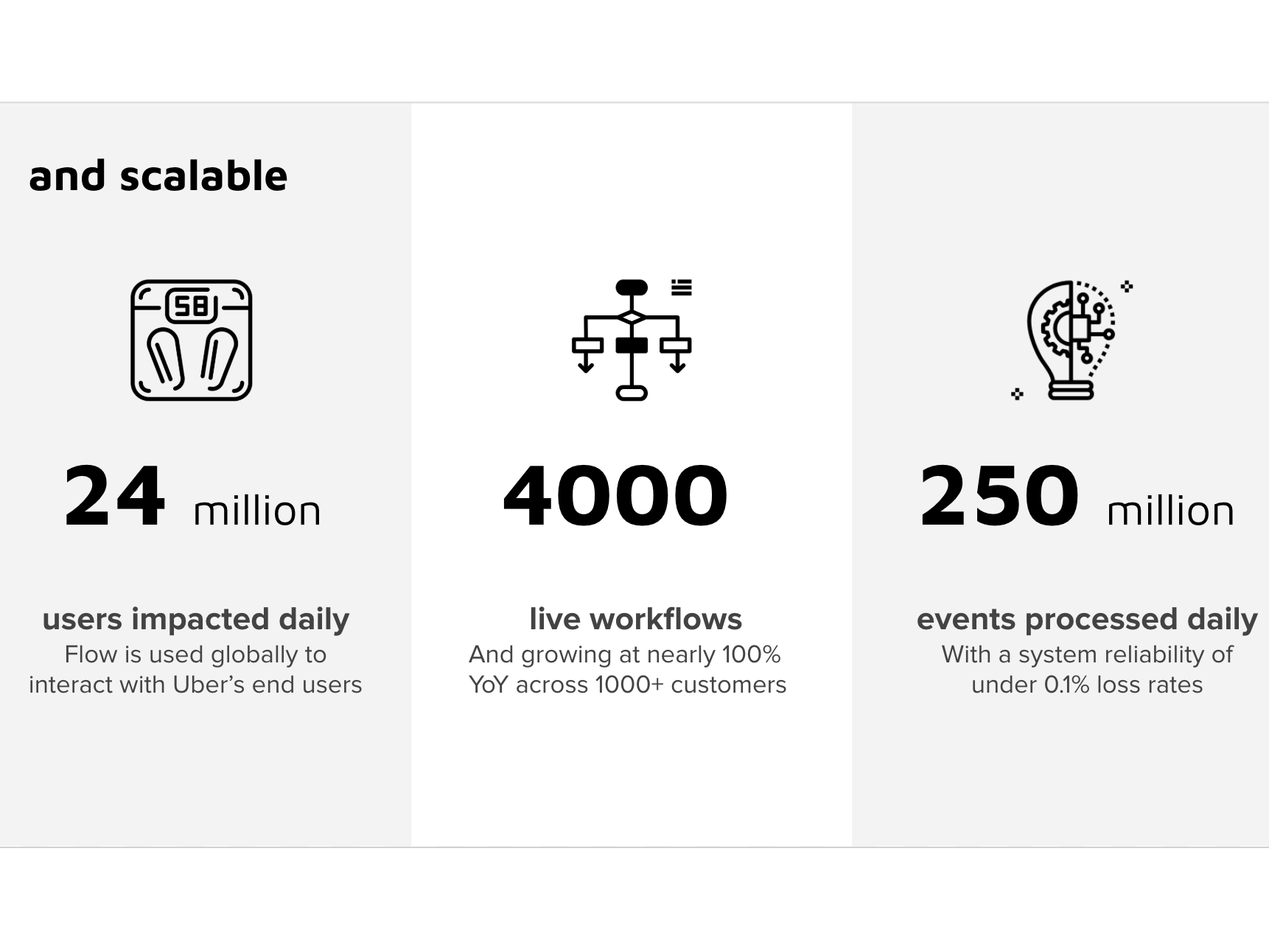 Huadong Wang - User Impact with Scale for the Automation system
Huadong Wang - User Impact with Scale for the Automation system
-
-
Speech 4:He Shijie《Construct a design engine that releases design capabilities》
Speaker:He Shijie ( JD,Senior Interaction Designer)
Work Case -
-
Speech 5:Xu Liang《In the era of intelligent robots, we need more empathy designs》
Speaker:Xu Rang ( UBTECH,Design Director)
Work Case -
